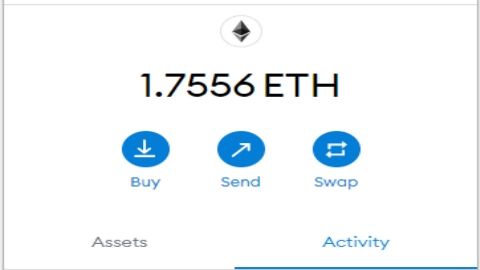The price of Bitcoin (BTC) dropped 23% in the 8 days following its failed attempt to break the $45,000 resistance on Feb. 16. The $34,300 bottom on Feb. 24 came on the heels of the escalation of the conflict between Russia and Ukraine, causing risk asset prices to plunge sharply.
As Bitcoin hit its lowest level in 30 days, Asian stocks were also adjusting to worsening conditions, as evidenced by Hong Kong’s Hang Seng Index falling 3.5% and the Nikkei also hitting a low of 15 months.
The first question that needs to be answered is whether cryptocurrencies are overreacting compared to other risky assets. Without a doubt, at 62% per year, the volatility of Bitcoin is much higher than that of traditional markets.
For comparison, the Russell 2000 index of the US small- and mid-cap stock market has an annualized volatility of 30%. Meanwhile, measured by the MSCI China Index, the Chinese equity market stands at 32%.

There is a high correlation between Bitcoin, the Hang Seng stock market and the US Russell 2000 index. One possible explanation is the US Federal Reserve’s tightening targets. By cutting back on bond buybacks and threatening to raise interest rates, the monetary authority has sparked a “flight to safety” movement.
Despite the nonexistent inflation-adjusted return of 7.5%, investors typically seek protection in US dollar cash positions and Treasury Notes. This is especially true during periods of extreme uncertainty.
Bitcoin futures traders are moderately bearish
To understand how professional traders position themselves, take a look at Bitcoin derivatives. The annualized premium for Bitcoin futures should range between 5% and 12% to compensate traders for “locking up” money for two to three months until contract expiration.

Levels below 5% are extremely bearish, while an annualized premium above 12% indicates bullish sentiment. As shown above, the futures premium dipped below 5% on Feb 9, showing a lack of confidence from professional traders.
Although the current 2.5% represents the lowest level since July 20, this date marked a reversal of a 74-day price correction. In fact, a 71% rally followed that event, confirming the thesis that the futures premium is a lagging indicator.

Notice how Bitcoin’s correlation against the Russell 2000 Index was relatively high on July 20. However, that situation was quickly reversed as BTC began to rally, independent of traditional markets.
The market may have bottomed, but the uncertainty could lead to a further decline
Like the futures premium, the correlation metric uses historical data and should not be used to predict trend changes. Investors, particularly professional fund managers, tend to avoid high-volatility assets during turbulent markets.
Understanding the psychology of the market is essential to avoid unexpected price swings. Therefore, as long as Bitcoin continues to be considered a risky asset by market participants, these short-term corrections should be the norm rather than the exception.
Therefore, it makes sense to wait for more decoupling signals before predicting a bottom for Bitcoin.
The views and opinions expressed herein are solely those of the Author and do not necessarily reflect the views of Cointelegraph. All investment and operation involves risk. You should do your own research when making a decision.
Investments in crypto assets are not regulated. They may not be suitable for retail investors and the full amount invested may be lost. The services or products offered are not aimed at or accessible to investors in Spain.
